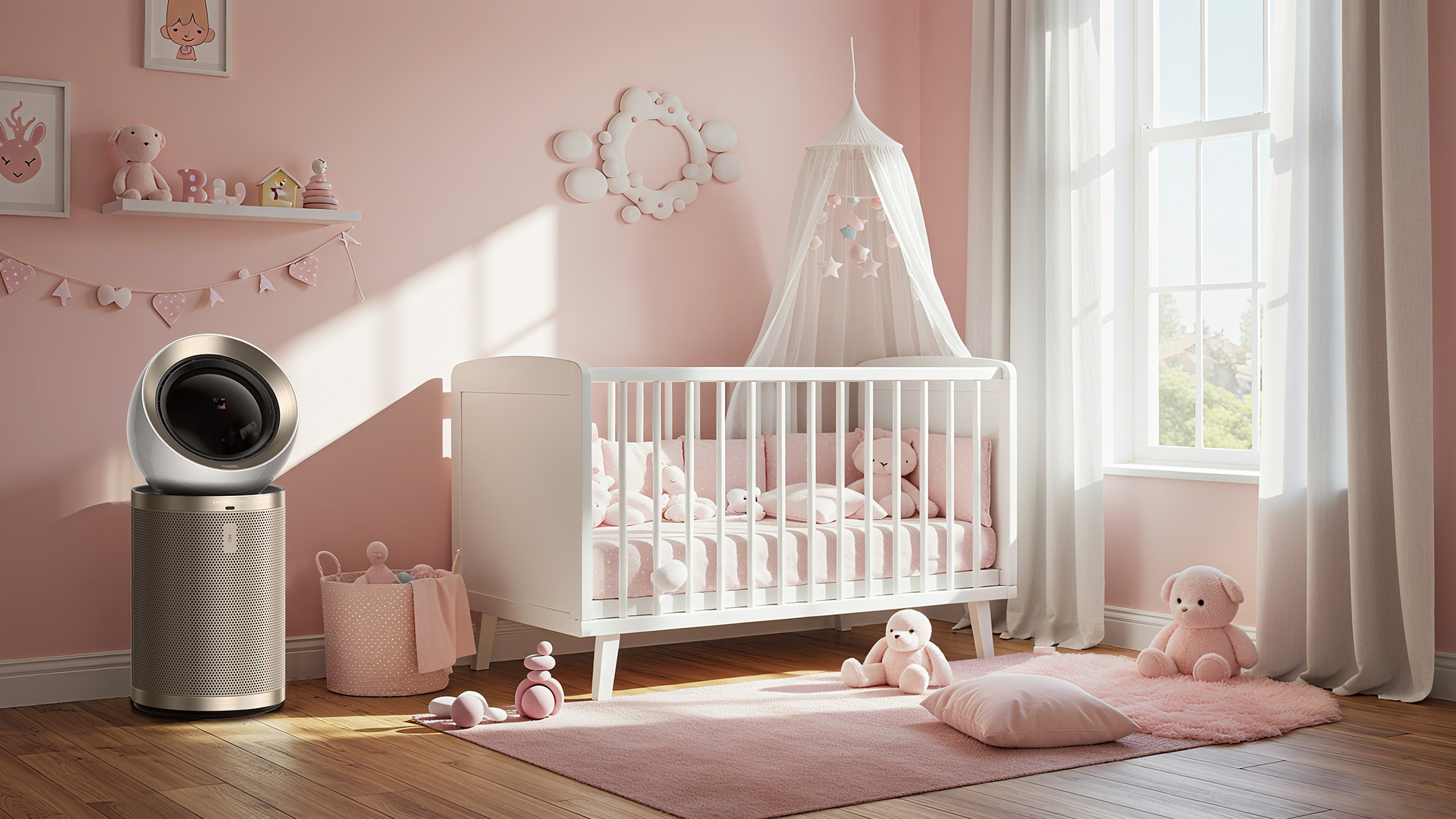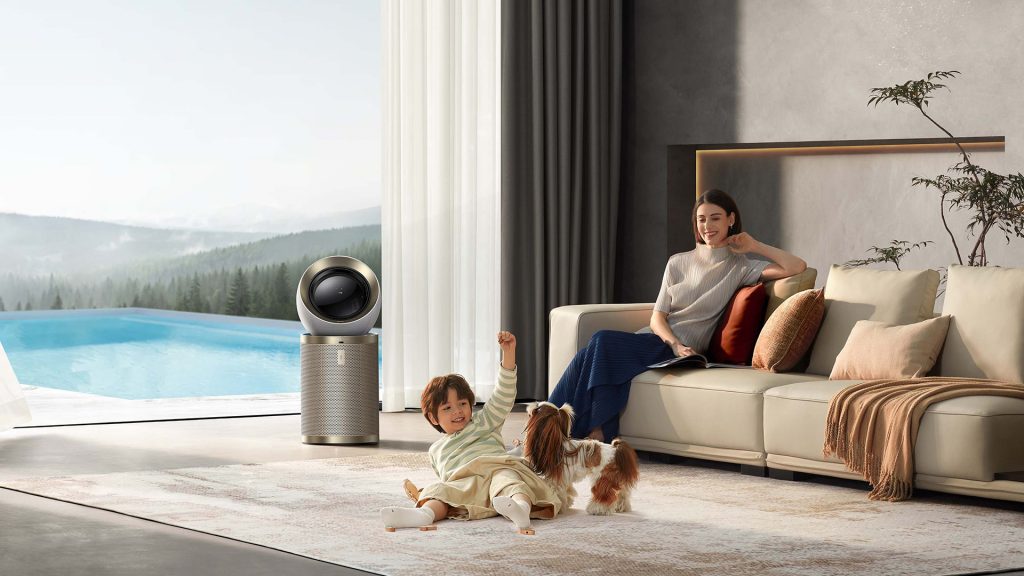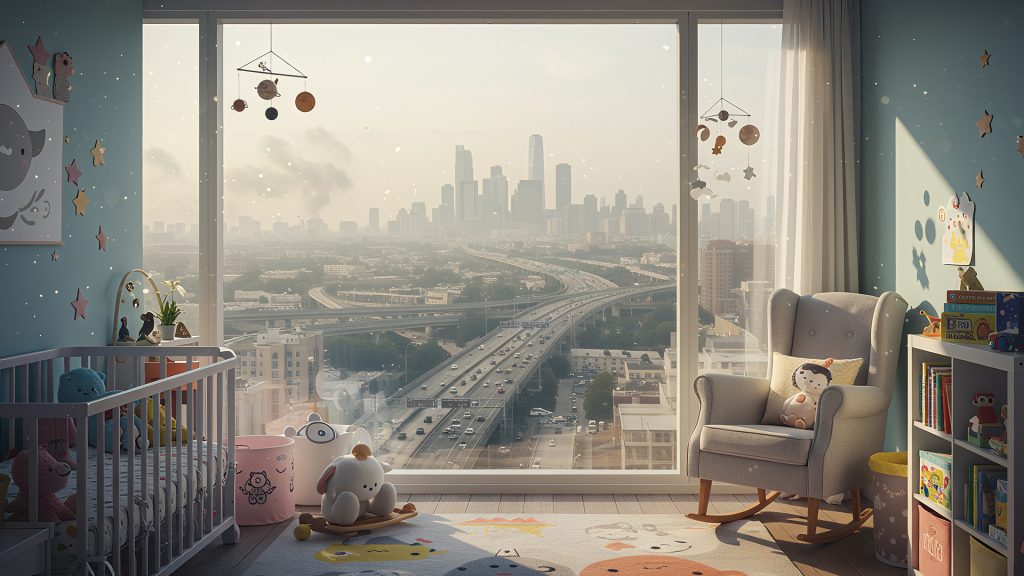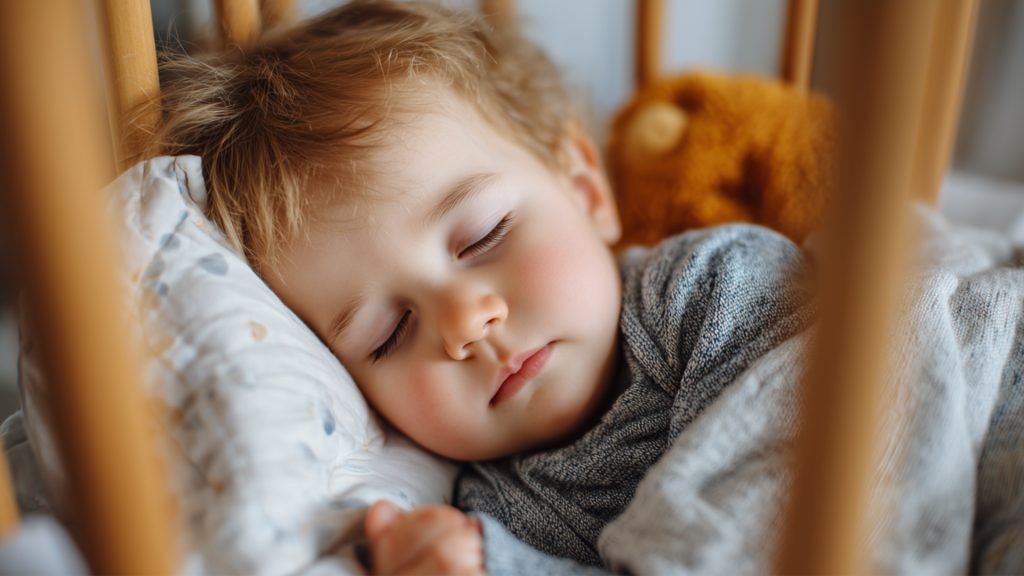
You walk into your home after a long day and notice the air feels heavy. Maybe your nose starts to itch, or your eyes feel dry. You cannot always see what’s in the air, but you can feel it. Poor indoor air is more common than most people realize.
Air purifiers have become an essential tool in the modern home. In this guide, you’ll learn why an air purifier is essential for your baby’s health, what to look for, and how you can improve your indoor air quality. It also addresses the core concept: Are air purifiers suitable for babies?
Table of Content
- Why Air Quality Matters for Babies
- Do You Really Need an Air Purifier for Your Baby?
- What to Look for in an Air Purifier for Your Baby
- Other Ways to Improve Air Quality in the Nursery
- Conclusion
Why Air Quality Matters for Babies
Babies are more vulnerable to poor air quality than adults.
Detailed Age-Specific Vulnerability:
- Infants (0-1 years, especially newborns/toddlers): Newborns or infants aged 0-1 years are more vulnerable to health issues due to allergens, as they have underdeveloped respiratory systems and higher breathing rates per body weight.
- Preschoolers (1-5 years): While the lungs of preschoolers are more developed, they are still susceptible to long-term exposure, potentially leading to chronic respiratory conditions like asthma.

Some of the common indoor air pollutants include:
- Pet dander
- Dust mites
- Pollen
- Mold spores
- Volatile organic compounds (VOCs) from furniture
- Urban air pollution
According to research by eBioMedicine in the National Library of Medicine, bad indoor air quality can even be fatal for newborns. The study notes that the ambient air pollution, including particulate matter (PM2.5 and PM10), is linked to adverse infant outcomes such as preterm birth, low birth weight, and increased infant mortality, including Sudden Infant Death Syndrome (SIDS).
This is because infants are particularly vulnerable due to their underdeveloped respiratory systems and higher breathing rates relative to their body weight.
Do You Really Need an Air Purifier for Your Baby?
Being a parent, you may be unsure about whether to purchase an air purifier for your baby or if it’s just a luxury. You may wonder, ‘Do I need an air purifier for my baby?’ Here are a few places where air purifiers are particularly essential.
- Homes in urban areas with high pollution or wildfire smoke.
- Households with pets, smokers, or family members with allergies.
- Nurseries with new furniture emitting formaldehyde or VOCs.
- Babies with existing respiratory issues or a family history of asthma.

Not every family needs an air purifier. Still, for families with children, a good air purifier can not only improve indoor air quality and help the baby stay healthy, but also reassure parents who are worried about air quality.
What to Look for in an Air Purifier for Your Baby
Looking to get an air purifier for your baby, but feel overwhelmed by the technical specifications and options? Here’s a quick checklist of features you should look for when finding the right air purifier for the nursery.
- HEPA Filtration: Look for H13 or higher to capture 99.97% of particles as small as 0.3 microns. The True HEPA filters are highly efficient in this regard as they can easily capture various contaminants.
- Low Noise Levels: Cleaner air can help babies and parents sleep better by reducing congestion or irritation. Consider purifiers with quiet operation, such as those under 60 dB, for undisturbed sleep.
- Smart Sensors: Look for sensors that offer real-time monitoring of pollutants such as PM2.5, formaldehyde, and VOCs.
- Room Size Coverage: Make sure the purifier matches the nursery’s square footage (e.g., 500–1,000 sq ft for larger rooms).
- Ease of Use: Consider features like app control, voice assistance, or motion detection for hands-free operation.
- Additional Features: You may opt for heating or cooling functions for year-round comfort.
For your safety, ensure the air purifier for infants has no small parts, is tip-resistant, and has a child-safe design. If safety and technology are a concern, consider the Dreame AirPursue PM20. It possesses all the features mentioned above. Its 4-layer filtration system features a catalytic filter that continuously traps and breaks down formaldehyde molecules into water and CO₂.
![]()
Moreover, it features a radar tracking function, which uses radar to detect movement and direct clean air toward your baby (or you) within a 16.4 ft range, ideal for active nurseries.
Not only that, the Dreame air purifiers also feature Even Purification. It ensures clean air reaches every part of the room, not just near the device. The purifier projects clean air up to 10 meters across the room.
Other Ways to Improve Air Quality in the Nursery
In addition to air purifiers, here’s how you can improve air quality in the nursery.
- Ventilate the nursery regularly by opening windows (when outdoor air quality is good).
- Use hypoallergenic bedding and wash it frequently.
- Vacuum regularly with a HEPA-filter vacuum to minimize dust accumulation.
- Avoid synthetic air fresheners or candles that release VOCs.
- Keep humidity levels in check to prevent mold (use a dehumidifier if needed).

An air purifier complements all these habits for maximum impact.
Conclusion
Air purifiers are ideal for keeping your baby safe, as they can address parental concerns about allergens, pollutants, and baby health, especially in high-risk environments. You should always assess your nursery’s air quality needs and consider a high-quality air purifier for newborns, like the Dreame AirPursue PM20, for peace of mind.
Investing in clean air is a proactive step toward your baby’s health and comfort.
References